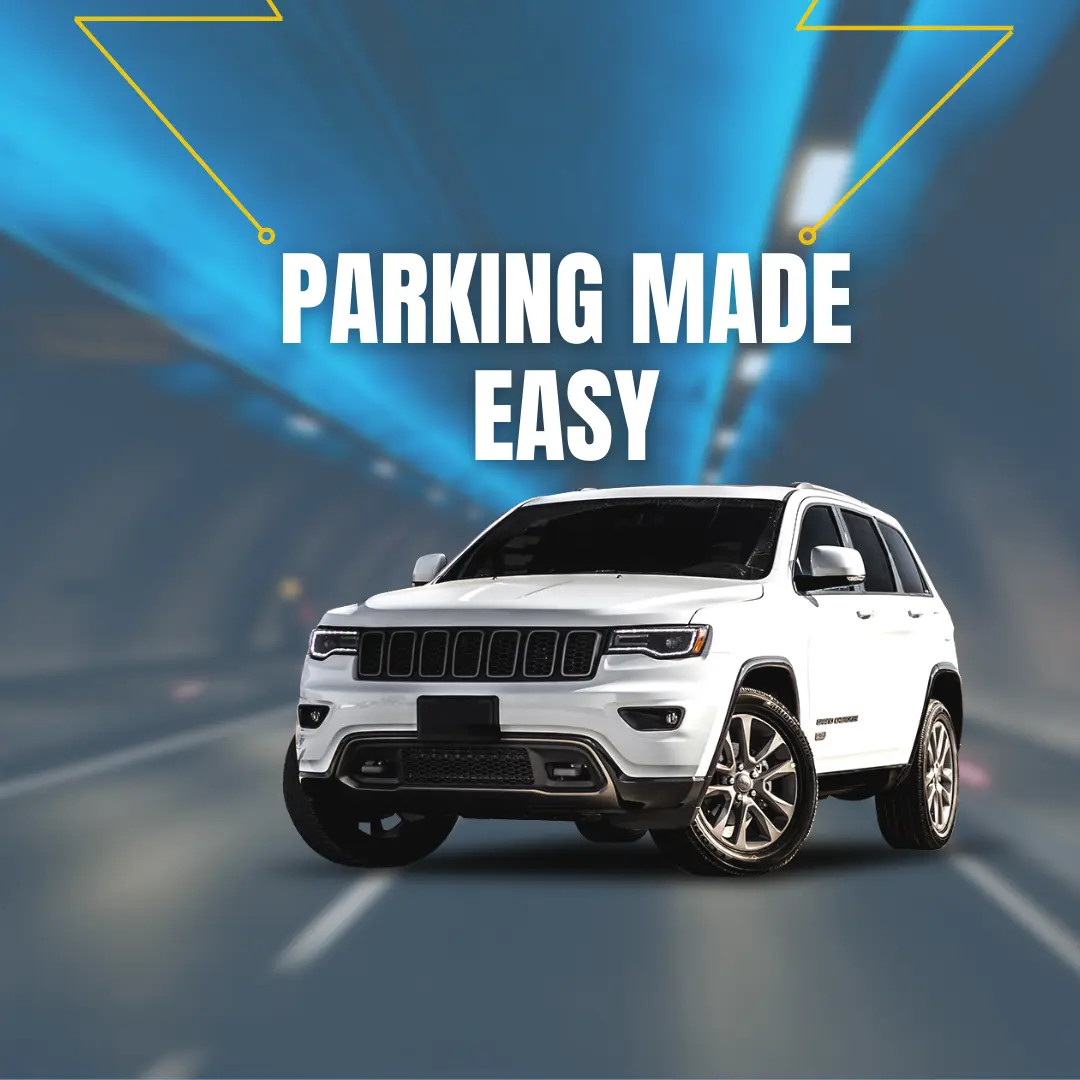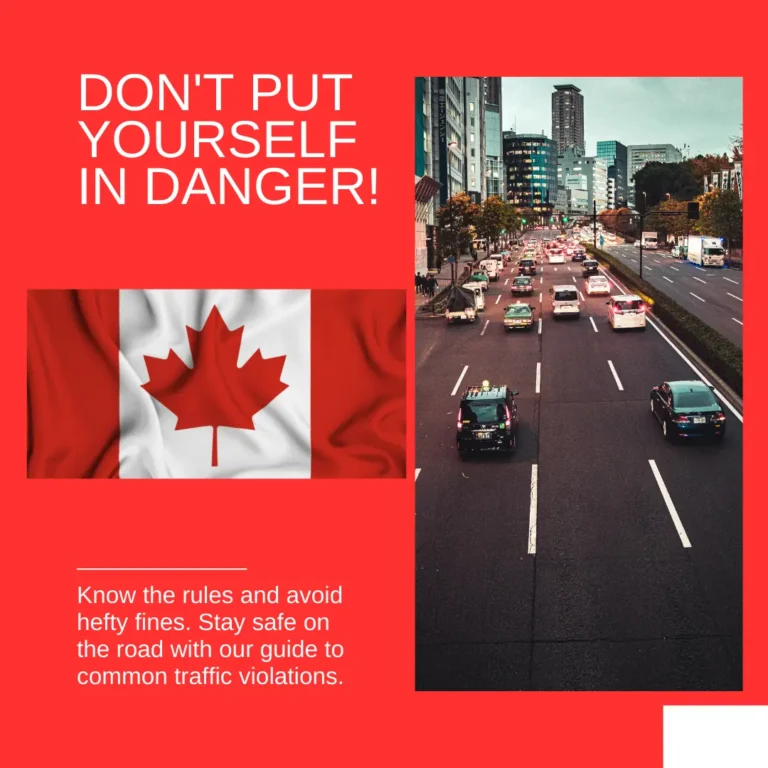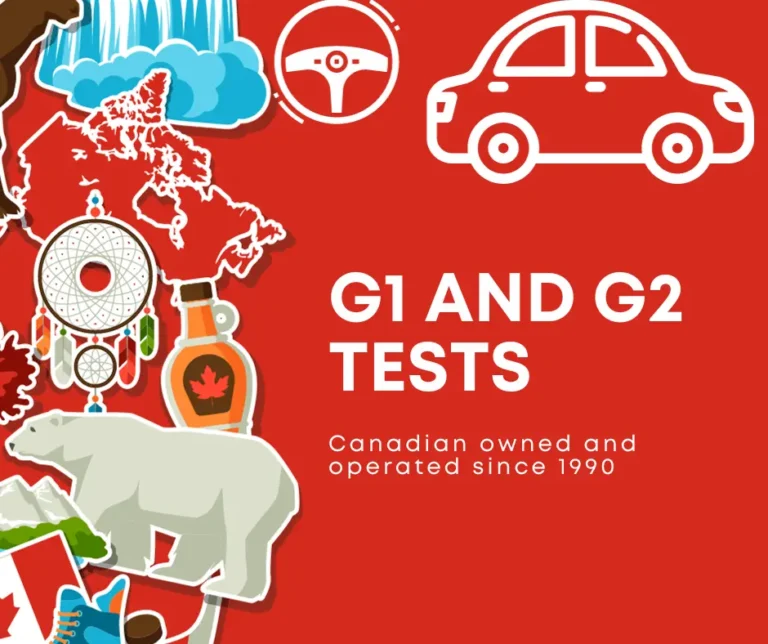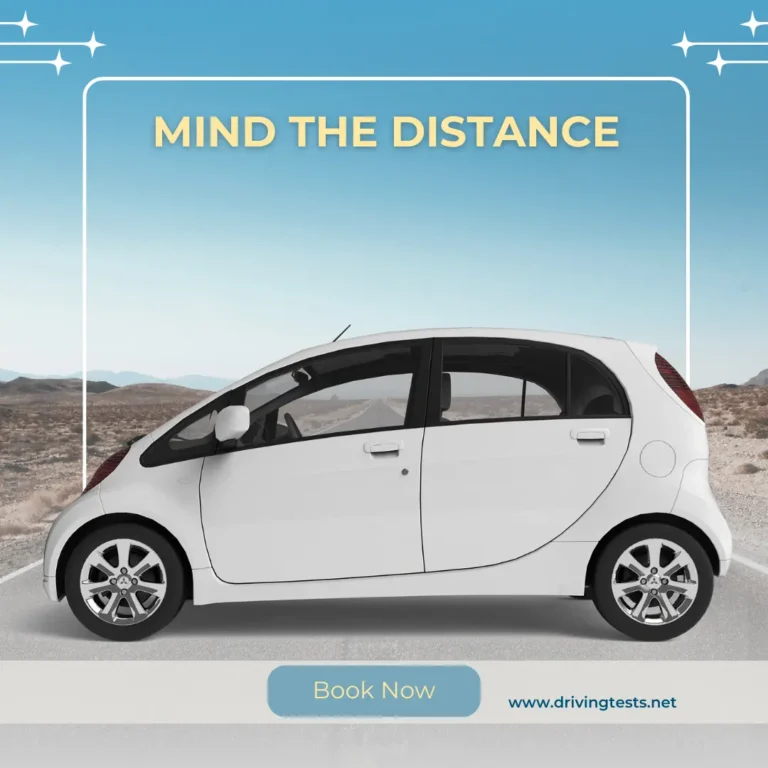Parking Made Easy
Parking, often considered a necessary challenge in the realm of driving, becomes significantly more manageable with the right knowledge and strategies. Whether you’re navigating bustling city streets, crowded shopping centers, or suburban neighborhoods, the ability to park with ease is an essential skill for every driver. This comprehensive guide aims to demystify the complexities of parking vehicles, offering valuable insights and practical tips to transform this once-daunting task into a seamless and stress-free experience.
As urban landscapes evolve, these spaces become premium commodities, intensifying the importance of efficient practices. From choosing the right spot to mastering parallel, angle, and perpendicular techniques of parking the vehicle, this guide covers a spectrum of scenarios, empowering drivers to navigate diverse challenges with confidence. In an era where technology plays a pivotal role in enhancing driving experiences, we’ll explore how parking aids and modern vehicle features can be leveraged to make these processes more intuitive and precise. Additionally, understanding the broader context of it, including local regulations, signage, and consideration for fellow drivers, adds layers of sophistication to the art of parking.
While this guide delves into the nuances of parking mechanics, it also encourages a broader perspective on transportation. Alternative modes of commuting, such as public transit or ridesharing, become a strategic option in areas where parking is limited or challenging. By embracing a holistic approach to parking, drivers can not only enhance their skills but also contribute to the overall efficiency and harmony of the transportation landscape.

Parking area
Navigating the intricate web of a parking lot is an integral aspect of driving, demanding a combination of efficiency and safety. As drivers enter these dynamic spaces—whether in bustling shopping centers, workplace complexes, or recreational facilities—a mindset of mindful driving becomes paramount. Slowing down, staying vigilant, and anticipating the unexpected movements of pedestrians, other vehicles, and shopping carts are fundamental practices to enhance overall safety. Following designated traffic lanes and directional arrows contributes to a smooth traffic flow, minimizing congestion.
Pedestrians are granted the right of way, emphasizing the need for heightened awareness, especially near crosswalks and entrances. Respecting parking stall boundaries, avoiding encroachment into neighboring spaces, and exercising caution around reversing vehicles are essential habits to ensure a harmonious parking lot experience. The use of rearview cameras and sensors aids in assessing the surroundings and avoiding collisions. Returning shopping carts to designated corrals, respecting accessible spaces, securing valuables, and planning for straightforward exits all contribute to a safer and more organized parking lot environment. In these shared spaces, a collective commitment to courtesy, awareness, and safety transforms the parking lot experience into one that is accommodating and efficient for everyone involved.
Parking in the Back
Back parking, also known as reverse parking, is a skillful driving maneuver that requires precision, spatial awareness, and careful control of the vehicle in reverse. This technique is often used when parking parallel or when parking in spaces with limited clearance at the front. Mastering the art of back parking is essential for drivers navigating urban environments where spaces are tight and effective use of available space is crucial.
When executing back parking, drivers typically begin by aligning their vehicle parallel to the parked cars or designated parking area. The driver then smoothly transitions the vehicle into reverse, turning the steering wheel while carefully monitoring the surroundings through the side and rearview mirrors. The goal is to guide the vehicle into this space with accuracy, ensuring that it is parallel to the curb or parking lines.
One of the advantages of this technique is its efficiency in maximizing available space. This method allows drivers to utilize these spaces effectively and minimizes the risk of protruding into traffic lanes. Additionally, back parking facilitates a safer departure as the driver can pull out of the parking space forward, providing a clearer view of oncoming traffic. While it may initially seem challenging, practice and familiarity with the dimensions of your vehicle contribute to mastering this valuable skill. It is an essential technique for urban drivers, enhancing both their convenience and the overall flow of traffic in busy city environments.
Park your Vehicle beside a parked vehicle
Parking beside a parked vehicle, often referred to as perpendicular parking, is a common scenario encountered by drivers in various settings, from city streets to lots. This technique involves aligning the vehicle at a right angle to the parked car, utilizing the available space efficiently. Drivers executing perpendicular parking typically approach the space at a slow speed, ensuring precise positioning between the adjacent vehicles. The careful use of side mirrors and turning the steering wheel at the appropriate angle aid in smoothly entering this space. This method is widely used in situations where parallel parking might be impractical due to space constraints or when alongside a curb or wall.
It offers several advantages, particularly in maximizing parking capacity and minimizing congestion. It is commonly employed in these areas, where vehicles can be arranged neatly in rows, allowing for an organized and efficient use of space. Additionally, perpendicular parking simplifies departure, as drivers can pull out of the space forward, providing better visibility of oncoming traffic. While the skill of parking the vehicle beside a parked vehicle might seem straightforward, it requires a keen awareness of the vehicle’s dimensions and the ability to judge distances accurately. Mastering this technique contributes to a smoother flow of traffic, especially in areas where limited spaces are available.
Park your Vehicle on a Hill
Parking on a hill, a scenario encountered in both urban and rural environments, demands careful consideration and adherence to proper techniques to ensure safety and prevent accidents. When parking the vehicle uphill with a curb, drivers should turn their vehicle’s front wheels away from the curb. This strategy serves as a precautionary measure in case the vehicle begins to roll, as it would move into the curb rather than into traffic.
Conversely, when parking downhill with a curb, turning the front wheels towards the curb is recommended. This helps prevent the vehicle from rolling into traffic if the brakes fail. In the absence of a curb, applying the brake for parking is crucial to stabilize the vehicle and prevent it from rolling downhill. Regardless of the direction, parking the vehicle on a hill requires drivers to engage the transmission in “park” for automatic vehicles or in “gear” for manual transmissions, providing an additional layer of security.
This vehicle involves a combination of proper wheel positioning, effective use of the parking brake, and selecting the appropriate gear. These precautions are especially important when facing steep inclines, as they enhance the stability of the parked vehicle. Drivers should also be mindful of leaving sufficient space between their vehicle and the one in front, allowing for a smooth departure without any complications. By following these guidelines, drivers can confidently navigate parking on hills, ensuring both their safety and the safety of other road users.
Start the Parking
Beginning this process requires a combination of situational awareness, spatial judgment, and effective control of the vehicle. As a driver approaches these spaces, it’s crucial to assess the available area and determine whether it’s suitable to park the vehicle or not. This involves checking for any obstacles, assessing the size of the space in relation to the vehicle’s dimensions, and considering factors such as the proximity to curbs or other parked cars. A smooth and controlled approach is essential, with the driver gradually slowing down and positioning the vehicle appropriately for the chosen parking technique, whether it be parallel, angle, or perpendicular.
Once the driver has selected a suitable parking space, the next step is to initiate the maneuver. For parallel park the vehicle, this involves aligning the vehicle alongside the target space and using reference points to guide the rear of the car into the spot. In the case of perpendicular, the driver should approach the space at a suitable angle, ensuring proper alignment within the designated lines. It requires a careful approach to enter the space at the correct angle while maintaining awareness of surrounding vehicles. Throughout these processes, clear communication through the use of turn signals and attention to the vehicle’s positioning is essential for a successful and efficient parking experience.
Parking in Parallel
Parallel parking, often considered a challenging feat for drivers, is a crucial skill, especially in urban areas where the spaces are limited. The process begins with selecting a suitable space that accommodates the length of your vehicle with some extra room. Approaching the space, the driver signals intent and aligns their rear bumper with the rear bumper of the car in front of the chosen spot.
Checking mirrors and blind spots for safety, the driver shifts into reverse, turns the steering wheel fully to the right, and starts backing up slowly. As the rear bumper nears the car behind, the driver straightens the wheels and continues reversing until the vehicle is nearly parallel to the curb. A final adjustment may be needed to ensure proper alignment, leaving sufficient space for the vehicles in front and behind to maneuver.
Mastering these techniques involves a combination of spatial awareness, precise control of the vehicle, and a keen understanding of the surrounding environment. With practice, drivers can develop the muscle memory and judgment needed to execute this maneuver confidently. The benefits extend beyond mere convenience, as adept parallel enhances overall road safety and contributes to a smoother flow of traffic in areas where these spaces are at a premium. As drivers refine this essential skill, navigating urban landscapes becomes more efficient, reflecting a balance between individual proficiency and collective consideration for fellow road users.
Conclusion
The parking lot, a microcosm of diverse activities, demands a considerate and skillful approach from drivers. By adopting mindful driving practices, respecting pedestrian rights of way, and adhering to park-the-vehicle etiquette, drivers contribute to a safer and more efficient experience for all. As we navigate these shared spaces, let’s prioritize courtesy, awareness, and safety to make parking lots more accommodating for everyone.







